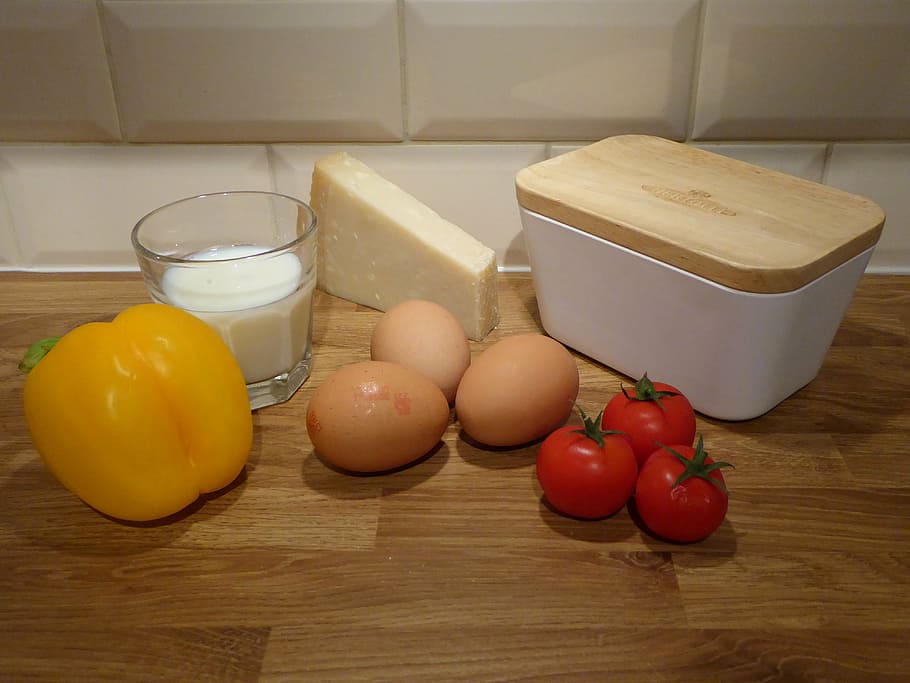Foods that cause kidney stones: 5 tips to prevent kidney stones
Nowadays kidney stone or renal calculi prevalence is increasing day by day. Worldwide kidney stone prevalence is about 12% now. Almost every 1 person among 10 is affected by kidney stones at any time in their lifetime. It is costly to bear. After the first occurrence and proper treatment, 50% of patients face stone recurrence at 5 years. And 70% of patients at 9 years face the same problem again.
Prevention is the best way to avoid recurrence. Patient counseling about their dietary intake is crucial to prevent stone recurrence.
Several issues can contribute to stone formation. Diet, climate, genetics, medications, activity, and underlying medical conditions can lead to kidney stone formation. People who have a positive family history of recurrent urinary tract infections (UTIs) can have stone reformation again. Hyperparathyroidism, renal tubular acidosis (RTA), etc., are risk factors for stone recurrence. People with kidney stones should avoid foods that cause kidney stones.
Foods that cause kidney stones should be taken with caution.
Our lifestyle influences our health a lot. Several foods cause kidney stones in patients. Kidney stones are usually found in four types: calcium stones, uric acid stones, struvite stones, and cystine stones.
How do we prevent kidney stone formation and avoid stone reformation?
Several things induce kidney stone formation. Becoming cautious about them helps to reduce the chance of developing stones. Stones can build up inside the kidney or adjacent urinary tract or bladder area.
We often drink less water, eat unhealthy food, or just ignore our increasing weight. These habits can become vital problems for our stone-forming factors. We have to know them and also become cautious about them if someone already has stones. Kidney stones tend to reform again after the first treatment. Foods that cause kidney stones should also be taken with much more attention.
1. Increase Fluid Intake
In this busy world, we often have to fight with time. So, we often forget to take an adequate amount of water and fluid foods. Water and fluid usually wash out the stones through urine. To prevent stone formation, we have to pee at least 2 to 2.5 liters per day. For this 250 ml of fluid should be taken with each large meal. Also 250 ml water between meals, before bed, and at arising time to void at night.
Hydration during night sleep is very important to break the most concentrated urine at first-morning pee. Half of this whole fluid intake should come from water. All other tea, coffee, soup, broth, and soda also have to count.
Sometimes it needs to take more than 3 L of water. Strenuous exercise, sweating, hot spring shower etc. are good for our health. But they tend to take out fluid from the inside of our body. Long stays in very dry areas, like a commercial aeroplane cabin, also dehydrate our body.
In such cases, we need to take more fluid than 3 liters. Some stone former patients have low thirst because of vasopressin alteration. They have to take treatment for this reduced thirst to prevent stone formation.
2. Take adequate calcium-rich foods.
It was suggested to calcium stone patients to refrain from calcium food intake. However, several studies have shown that low intake of calcium foods does not reduce hypercalciuria but increases it. Instead, the higher the calcium intake, the lower the risk of calcium stone formation. Dietary calcium intake reduces the dietary oxalate absorption. If calcium supplementation is suggested, it should be taken with a meal. It will reduce the oxalate absorption.
Calcium intake of about 1200 mg/day with animal protein and sodium restriction is best suited to prevent stone formation.
3. Reduce oxalate-rich foods if you have an oxalate stone.
Higher urinary oxalate levels increase the chance of kidney stones. If the patient has high urinary oxalate, he/she should be on a low oxalate diet. High oxalate foods include :
Spinach,
rhubarb,
strawberries,
chocolate,
whole grain wheat products,
nuts (almonds, peanuts, pecans),
beets,
tea (green, black, iced, instant) are high-oxalate foods.
Although all plant foods contain oxalate, oxalate of these foods is very highly absorbable. Hence, they should be avoided.
Oxalate can be produced endogenously. Without vitamin B6, oxalate produces. For patients who produce oxaluric stones, pyridoxine supplementation helps to reduce stone formation among them.
4. Check your animal protein intake.
One healthy person needs 0.8 gm to 1.0 gm of protein per day. If a person regularly takes in more protein than his needs, it may lead to stone formations. High protein, especially from animal protein, can lead to such consequences. People who take meat have a higher tendency to stone formation than vegetarians.
About 10-15% of stones are uric acid stones. They are the result of a high-protein diet. A very high protein diet increases urine oxalate levels. It also increases urea levels, makes the urine acidic, and reduces urine citrate levels. All this leads to stone formation.
5. Check Your Micronutrient Intake
There are several vitamins and minerals that we usually don’t give any notice to that may lead to stone formation. Citrate, magnesium intake, sodium level control, and different vitamins have various effects on stone formation. Foods that cause kidney stones also contain several factors which increase the kidney stone risk. We need to look through these factors also.
Citrate
Different fruits give sufficient amounts of citrate. Citrate from diet binds with calcium. Thus calcium is less available in the urine. In this way, oxalate cannot bind with calcium to make stones.
People with recurrent stone formations usually do not take fruits. They should be encouraged with different fruits intake.
Magnesium
Magnesium is another mineral that inhibits oxalate absorption. Thus, they help to reduce stone formation in the kidney. Different seeds, nuts, legumes, dark chocolates, whole grains, and some vegetables are rich sources of magnesium.
Healthy eating is always good, and again, it also helps you to prevent stone formation in the kidney.
Cut down sodium intake
High sodium intake increases crystallisation in the kidney. For every 1380 mg of sodium in the diet, urinary calcium increases around 1.6 times more. Hypertensive people tend to form kidney stones more often than normal people.
Kidney stone patients need to restrict sodium intake to 2300 mg per day. Most processed foods, and packaged foods, contain high amounts of sodium. If sodium or salt is written within the first 5 rows of the packet, that is a high-sodium food. Just avoid that food.
Other factors
A. Obesity
Obesity is associated with kidney stone formation. Obesity is associated with insulin resistance and metabolic complications.
Women with a BMI of more than 30 tend to have kidney stones much more than non-obese women. As the weight increases, urinary calcium, oxalate, and uric acid also increase. All of them lead to stone formation.
B. Potassium
A low-potassium diet is usually tends to be high in sodium. Those who have stones should take low-oxalate but high-potassium foods throughout the day. That helps to reduce the chance of stone formation.
C. Omega-3 fatty acid
It has been shown that high omega-3 fatty acids aid to reducing urinary calcium and oxalate. Fatty fish contain omega-3 fatty acids. Very high number of fish also give a high amount of uric acid. Hence, stone formers should opt for omega-3 supplements.
D. Vitamin C
Vitamin C supplements usually exceed 500 mg of vitamin C. A high vitamin C intake has a correlation with stone formation. A maximum of 2000 mg vitamin C can be taken. Large doses of vitamin C should be avoided.
Final Thought
In this modern world, about 14% of the population is affected by kidney stones. It is important to prevent stone formation. Once stone formation may repeat again if dietary changes are not appropriate. First-time and repeated stone formation can be prevented by avoiding foods that cause kidney stones.

B.Sc, M.Sc (Food And Nutrition) (DU)
Clinical Dietitian and Nutritionist.
Lubana General Hospital & Cardiac Center.
Dhaka, Bangladesh.





